In a market where both younger and more mature audiences equally contribute to sales, there exists a middle-ground in terms of mechanical complexity and emotional maturity that is less-often explored — “T for Teen”.
It’s important that we understand exactly what a Teen rating means. According to the official ESRB website, a Teen rating means
“Content is generally suitable for ages 13 and up. May contain violence, suggestive themes, crude humor, minimal blood, simulated gambling and/or infrequent use of strong language.”
Teen-rated games are interesting because they exist in a middle-ground between games made for everyone and adult games. This middle-ground puts them into a niche genre all on their own. Teenagers are unique, and they may feel too old to play “kids games” but often aren’t allowed to play games for adults.
This creates a massive audience for games that find a happy average between the two age groups. The kind of games that respect the intelligence of the player, and challenge them, while still appealing to their craving for an overall fun and perhaps whimsical experience. Metroid Prime is a perfect example.
Metroid Prime is a Teen rated game that has every reason to be Teen rated and takes full advantage of it. It has elements that appeal to both teenagers looking for something more adult and adults themselves.
On one hand, the game has an enormous world to explore, colorful and interesting locations full of secrets, and accessible gameplay boiling down to shooting bad guys with lasers. On the other hand, by also providing deep combat, an ominous and alien atmosphere, and the occasional dark and cerebral story element, it has an adult appeal.
Mature themes and concepts don’t need to be hidden behind an M rating. Plenty of E and E10+ games have shown this, but Teen rated games have the slightest extra advantage. Games like Fire Emblem Awakening, Xenoblade Chronicle, and Skies of Arcadia show that mature themes and deep, compelling stories don’t need a stamp on the box saying “17+”.
Games like these effectively show that less is more, and the limitations of a Teen rating can be used to a story’s advantage. PG-13 movies limit their use of graphic violence and profanity and use them smartly when they can. Teen rated games are no different. If you can only show blood once, or only use the word “damn” so many times, then you’d better make them count — and a great number of developers understand this.
The first of few bloody deaths in Xenoblade Chronicles…
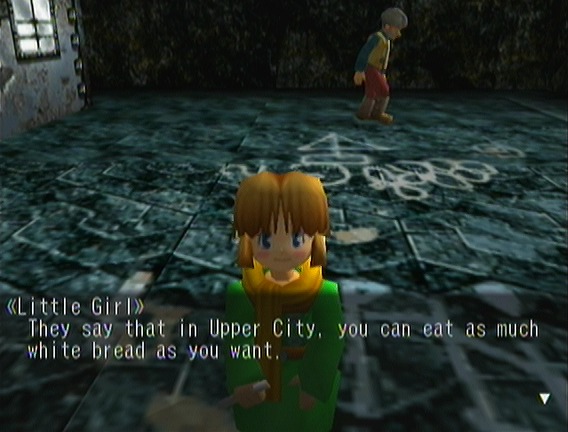
… And the depressingly destitute living conditions of Valua’s Lower City in Skies of Arcadia are all the more effective for their limited use and tonal contrast.
The Dark Knight is a great example of the same Teen game principle of balancing whimsicality with ground realism and a dark tone. It’s a film that expertly weaves a narrative equal parts superhero fantasy and the moral ambiguity of real-world vigilante justice. If it leaned harder in either direction towards more adult or more childish it would be ruined.
A scene with imagery this silly could only be as believable and dramatic as it is through a careful balance between gritty realism and escapist fantasy. I argue that only a PG-13 movie could have pulled this off.
The most interesting part about this particular comparison is the difference between the clarity of each system’s age ratings. The criteria for a PG-13 movie is a little unclear, as the official description a little vague. The MPAA’s official description of PG-13 is:
“Parents are urged to be cautious. Some material may be inappropriate for pre-teenagers.”
When I first learned that The Dark Knight was a PG-13 movie, I was actually surprised. It seems like such a dark, disturbing film to aim at teenagers, but nobody acknowledges its PG-13 rating, and more often discuss its high quality as a film. At the end of the day, that’s more important than who it’s supposedly “made for”.
Some games, however, couldn’t be suited by any rating other than Teen. Psychonauts gameplay, for example, is well-suited for the “E for Everyone” audience, however, the game places itself in the Teen rated territory with a well-written story with a number of dark jokes and serious character moments.
The major appeal to younger audiences would be lost if the game went too mature with its subject matter, but at the same time, the down-to-earth nature of the game would suffer if it had to compromise it’s writing.
I seriously doubt that an E rated Psychonauts would have been able to make Napoleonic warfare as funny as it did.
To delve deeper into this point let’s compare Beyond Good & Evil and the upcoming Beyond Good and Evil 2. While the latter hasn’t released yet, a number of fans felt the trailer gave off a rocky impression of the final product. One common criticism was the drastic shift in tone between the two games, with the newest entry focusing heavily on a mature setting.
Beyond Good & Evil had an overall tone that balanced itself between light-hearted adventure and sinister conspiracy theory. It was T rated, but the trailer for the sequel had noticeable amounts of cursing, blood, and violence, and will quite likely be rated M. The actual rating and quality of the final product are yet to be seen, but the concerned and confused fans raise a fair point; does a game in this series, with the subject matter it is already known and loved for, need to have such a mature shift in tone and rating?
You can spot the discrepancy between the two games by comparing their trailers. While Beyond Good and Evil 2 could still be a great game with a compelling story, the question still remains, why limit the audience when the subject matter is perfectly suited to be more family-friendly?
One sells itself as an adventurous – if a bit dramatic – action adventure game in space.
The other is basically the same thing… with some added blood and a few too many curse words.
There are disadvantages to every age rating, but games that are rated T also have the greatest advantage — they can be classics in more than one category. They’re a category of game that can deliver the best of both worlds with mechanical depth, emotional investment, and childlike whimsicality. Despite their intended age rating, in the end, well-made Teen games really are the games that end up being for everyone.

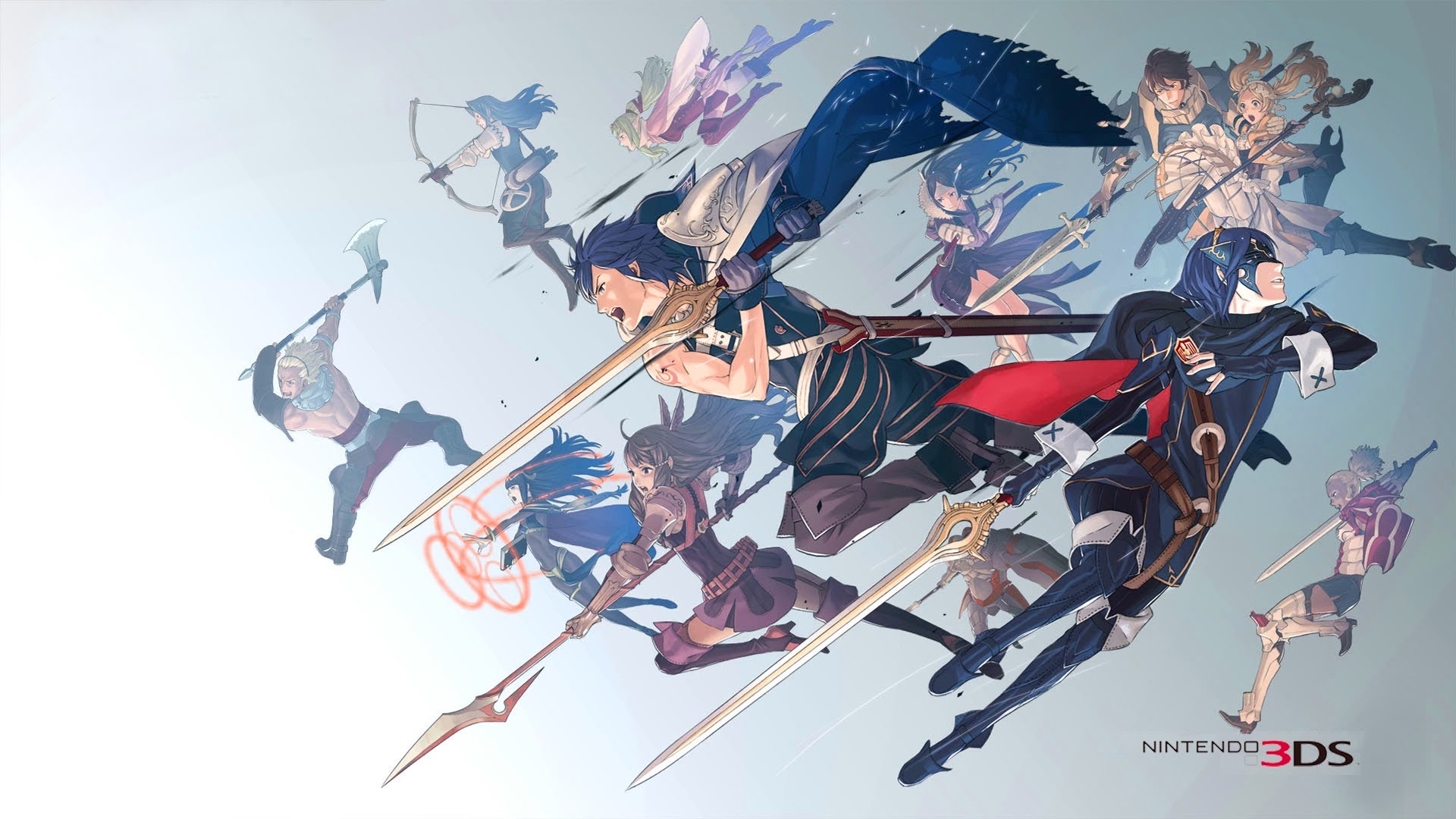
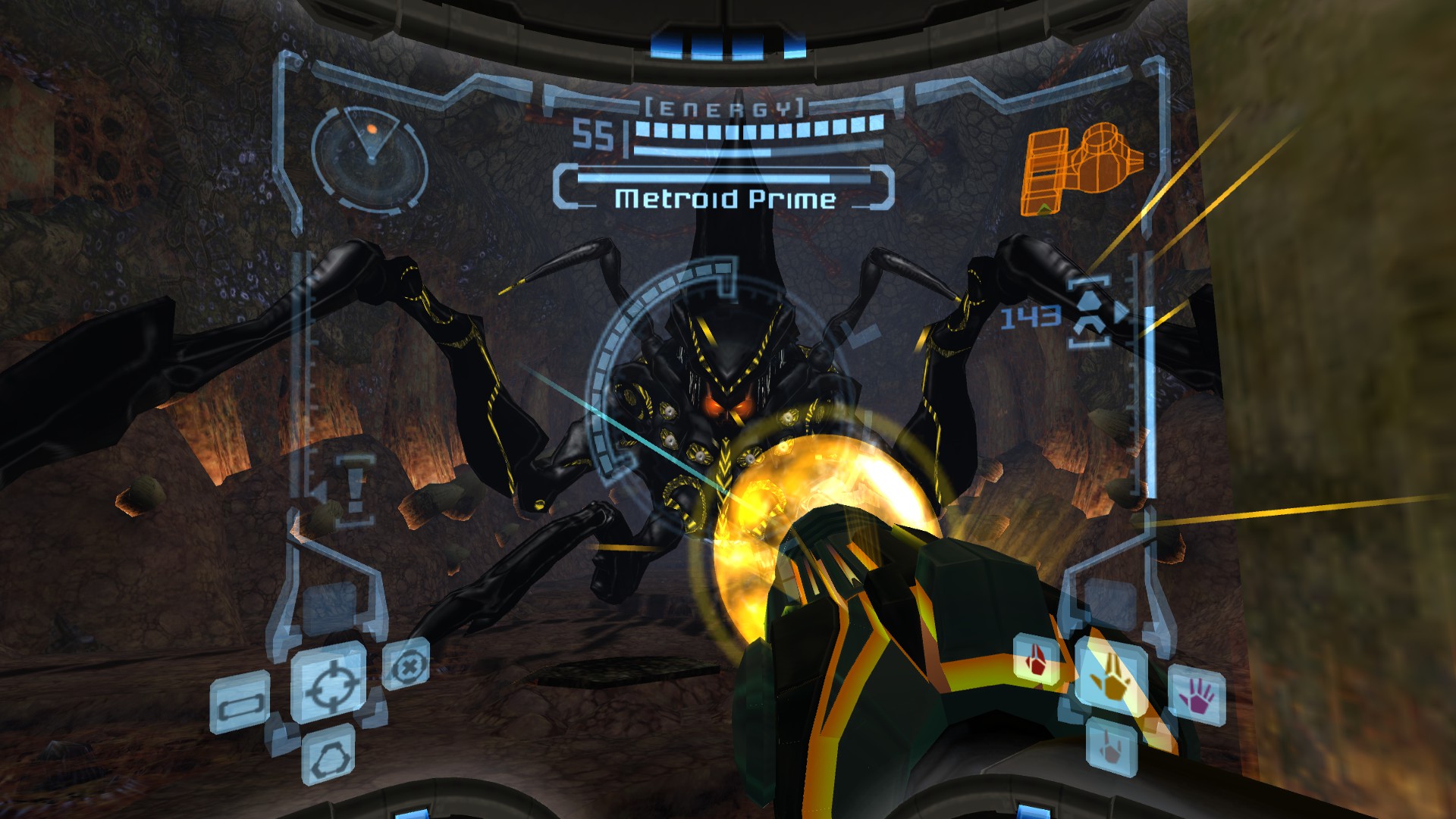
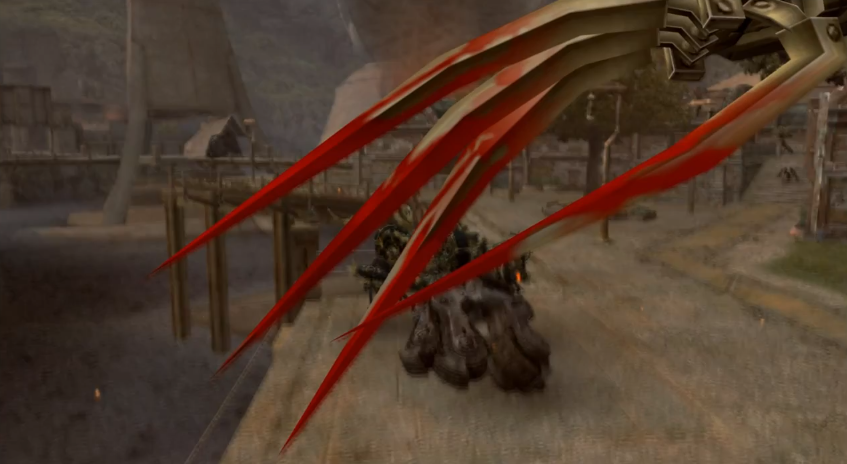
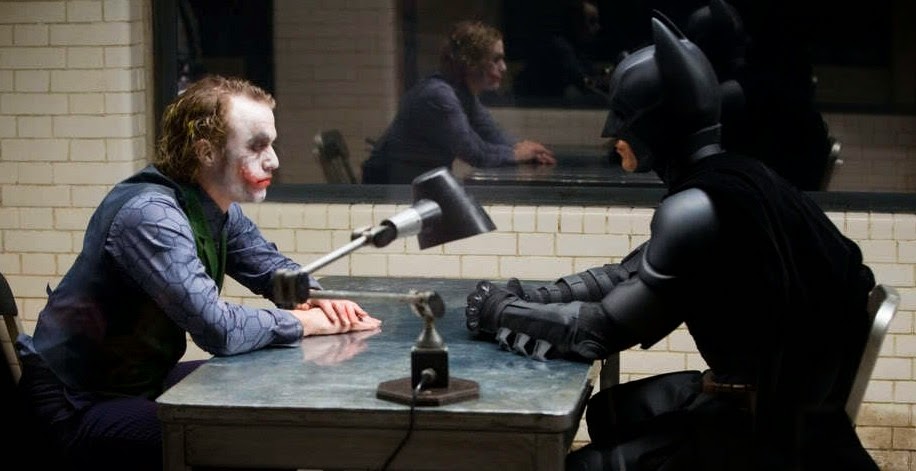
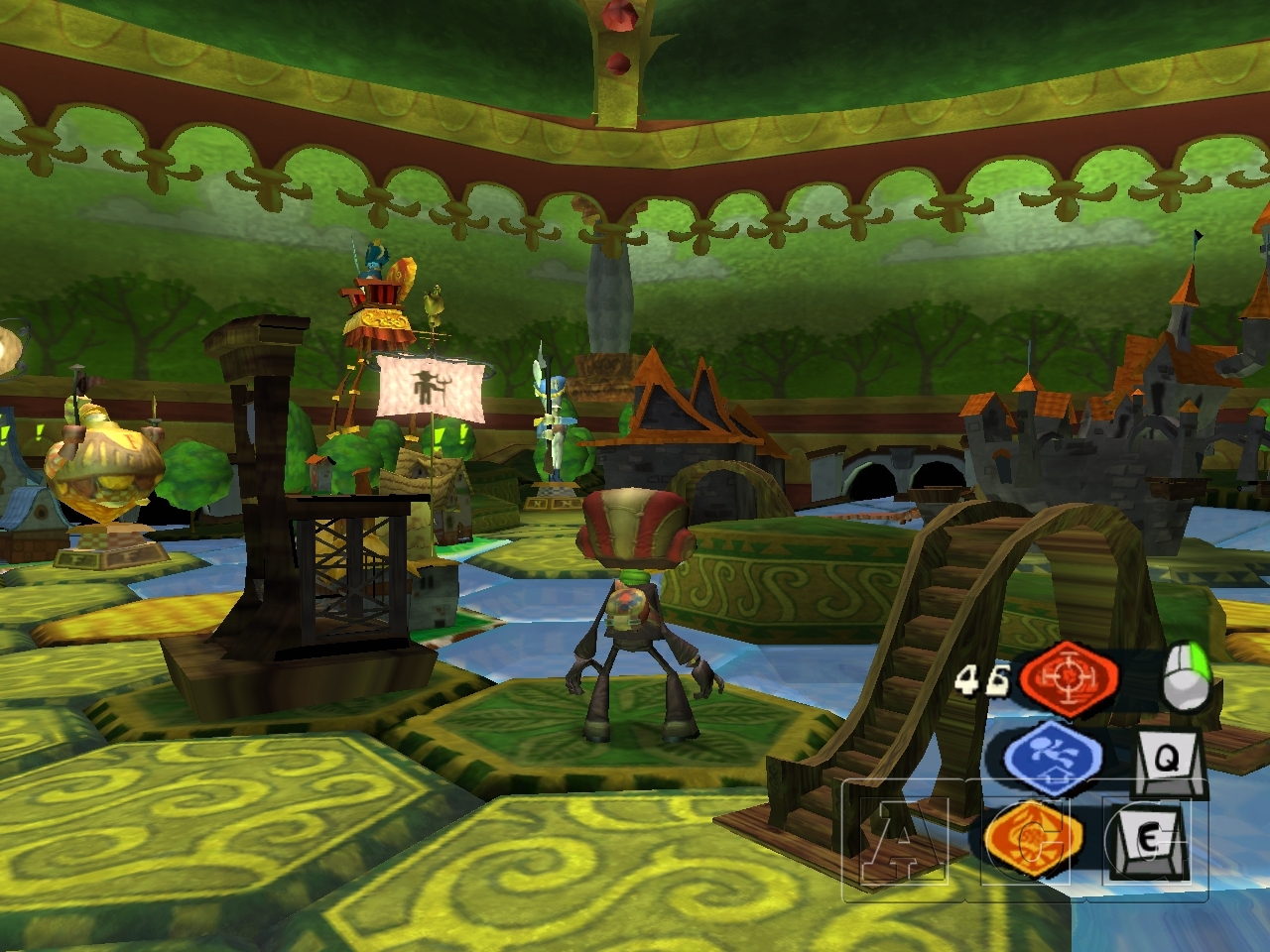





Published: Aug 14, 2017 10:15 pm